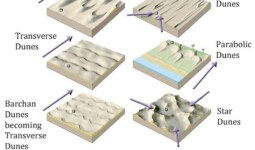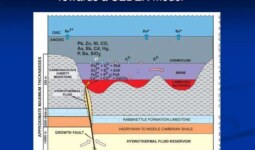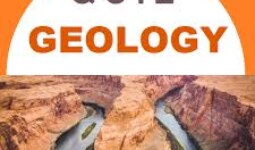Geology MCQs (Multiple Choice Questions) online are a great resource for students and professionals to test their knowledge and understanding of various geological concepts. These MCQs cover a wide range of topics in geology such as plate tectonics, rock formation, mineralogy, geologic time scale, earth’s structure and composition, and many more.
Geology MCQs Online
Geology MCQs online provide an efficient and effective way for students to learn and test their knowledge of geology concepts.
#1. Increasing temperature with depth in the earth is called:
#2. Isostasy concerns with the outer layer of earth:
#3. When a conglomerate contain particles that are sharp and angular, geologists call it:
#4. what type of rock makes up the greatest portion of the volume of the continental crust:
#5. All the deep earthquakes in the world are associated with:
#6. The most necessary property of a reservoir is:
#7. The S-wave comes to an end at:
#8. The following factors are hypothesised to be involved in plate movement:
#9. The element which is most widespread in the earth’s crust is:
#10. The following is the name of the instrument used to record earthquake waves:
#11. At the magnetic pole, the cosmic radiation strength is at its lowest
#12. What is the source of energy for the Earth’s internal heat engine?
#13. The following factors contribute to the accumulation of oxygen in the Earth’s atmosphere:
#14. As a consequence of global warming, there may be an increase in sea level as a result of:
#15. The ozone layer in the Earth’s atmosphere is limited to the following areas:
#16. What are the cracks along with those blocks that have moved relative to one another?
#17. When some grains are huge, and just a few are little, what is the terminology used?
#18. The field of geology that deals with the form, classification, mechanism, and causes of these rock structures’ evolution are known as
#19. Who among the following rocks has a significant stratification?
#20. The most common rock on the planet is
#21. A stratum of rock’s highest angle of inclination the with horizontal is
#22. What are the two criteria thought to be necessary for igneous rock formation?
#23. What is the lava or magma’s current state?
#24. Where do volcanic rocks come from?
#25. The term “magma” refers to a hypothetical melt.
These MCQs are designed to assess the fundamental concepts of geology and test the ability of students to apply their knowledge to solve problems. Each question has multiple options, and the student must select the correct answer. The questions are designed to challenge the students and cover a wide range of difficulty levels.
Geology MCQs online are a convenient way for students to prepare for exams, quizzes, and interviews. With the increasing demand for online learning, these MCQs provide a flexible and accessible platform for students to learn and improve their understanding of geology concepts.








Leave a comment